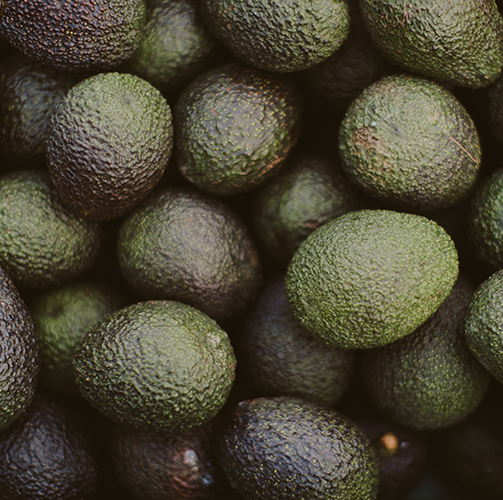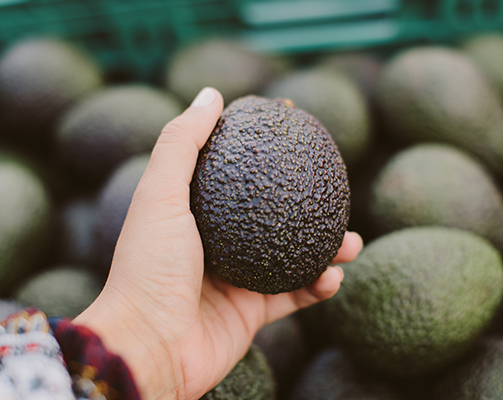Charlene says avocado growers have already had three tough years. “When we had Covid, that was hard, the following year was hard with the labour and shipping and actually getting people in to do the work.
We’ve had the cyclone, that’s just topped things off for most people, not only financially but the mental wellbeing side of it as well. It’s hard and it does affect a lot of people.”
One of the big trends in New Zealand’s avocado exports is the switch away from what has been our main market, Australia. Figures from industry group New Zealand Avocado show exports to Asia tripled in 2021/2022 compared to the previous year. Garry says that traditionally most of New Zealand’s avocado exports have gone to Australia, but that is about to change.
“As Australia’s production has come online more, we’ve kind of got pushed out of there. The focus has gone on the Asian markets like Hong Kong, Taiwan, Indonesia and Thailand. The Pacific rim is our focus, that’s really as far as we can go shipping wise to get reasonable avocados there. That’s our limiting factor.”
Farmlands TFO Philip Elliot says avocados need good volcanic soil that is well-drained, as well as a decent amount of sunshine and warmth. “Obviously you won’t be growing them down in the South Island very well, but they go well in places like the Bay of Plenty and Hawke’s Bay, Dargaville where there’s some new development going in, and the far North.”
Philip says one of the features of growing avocados is the low cost to get started, with few barriers to entry, meaning people can dabble in them if they have suitable land. “Like anything you get that economy of scale – the bigger you are the more effective it is, up to a point. However, there are no licensing fees, so you’re looking at the cost of trees, irrigation, things like that, so it’s not a high-cost industry to get into.”
Hass avocados, which change colour when they are ripe, are likely to continue to dominate the market globally, Philip says. “The only real advances on the technical side of things in the last 10 years would be clonals (cloned plants), but they come with their own issues. When you clone them, they have shallow roots, so in the latest storm when everyone’s trees fell over it was basically the clonals.”
One of the major reasons for global growth in demand for avocados is their health benefits. Garry says New Zealand avocados score well not only on blind taste tests, but in terms of their oil content, thanks to our climate. “My parents have had avocados since the late 1970s. When I went to school people didn’t even know what an avocado was.”
Trade Deals Offer Hope
While the economic outlook depends on what type of fruit or vegetable you are growing, recent progress on free trade is encouraging news for the sector. In May the government announced a Free Trade Agreement with the United Kingdom that will eventually eliminate all tariffs on New Zealand goods to Britain, while in July a similar deal was signed with the EU (subject to approval by the European Parliament).
The deals offer significant upside for New Zealand growers, with continental Europe already our biggest market for horticulture exports ($1.2 billion in 2021) and the UK the sixth biggest ($514 million). Farmlands Head of Sales and Strategy – Horticulture, Chris Binns, says the free trade deals are “not a home run by any stretch”, but certainly a positive lift that the industry needed.
“The new free trade deal with the UK offers a shining light for our fruit and vegetable industries. Any deal that has the potential to lift a market’s size or increase a grower’s return is obviously beneficial. If we can further spread our exports across multiple countries, hopefully that will lead to better economic returns across all markets, with less risk of oversupply.”
Chris says that while some parts of the sector are going through a challenging period, the long term outlook for New Zealand horticulture is still bright. “The golden era is not over; it’s just hit a speed bump.”





